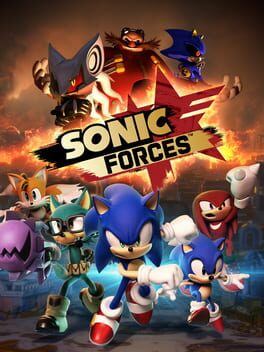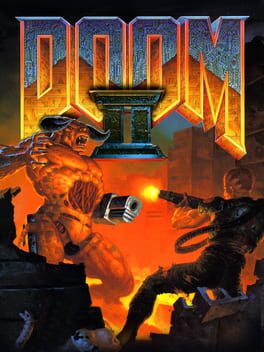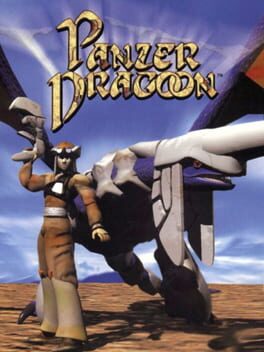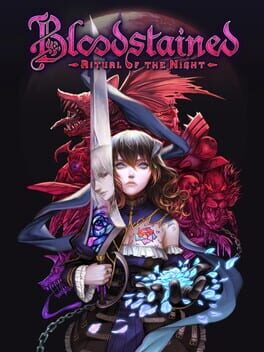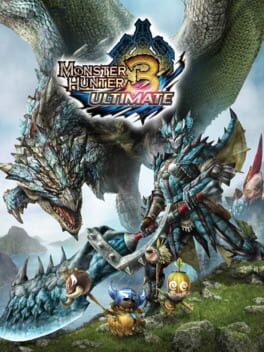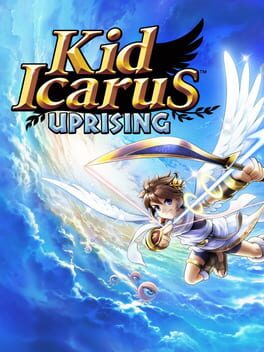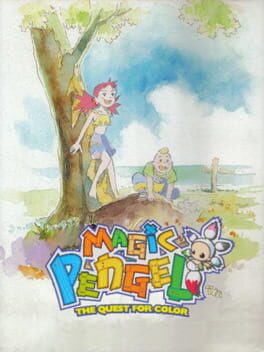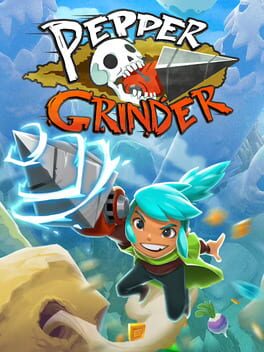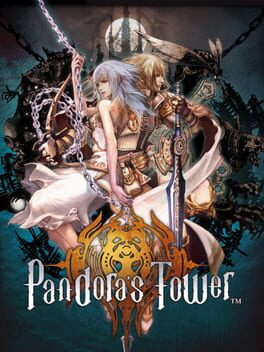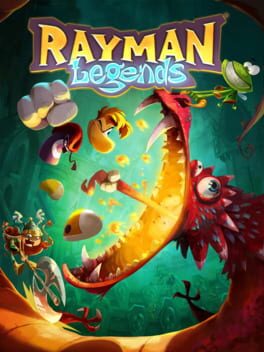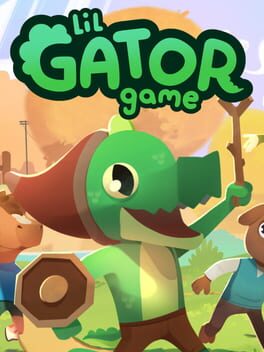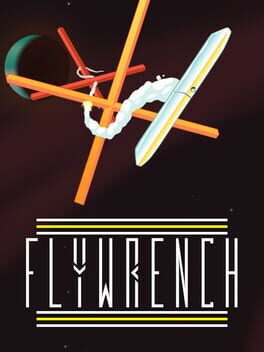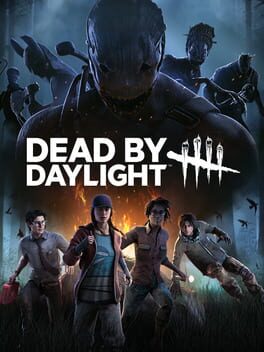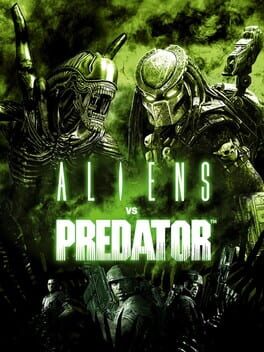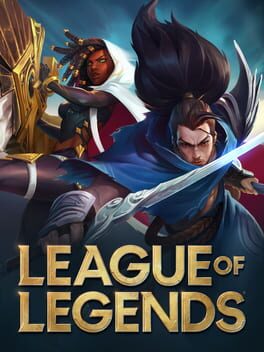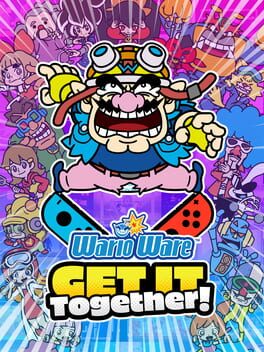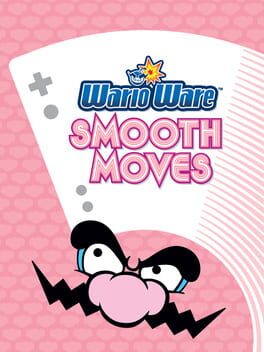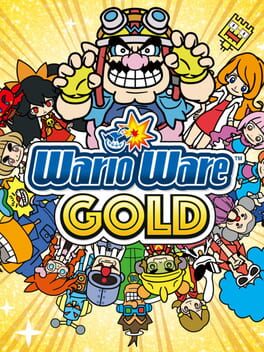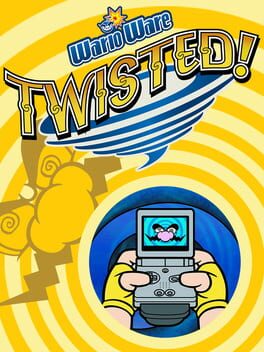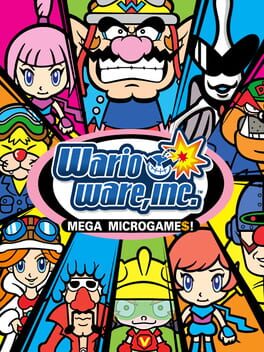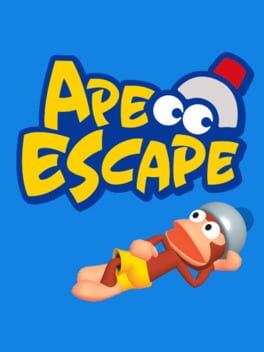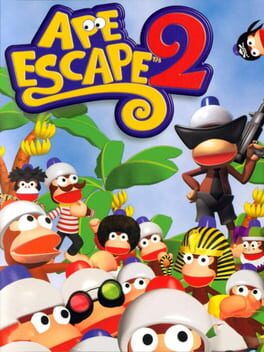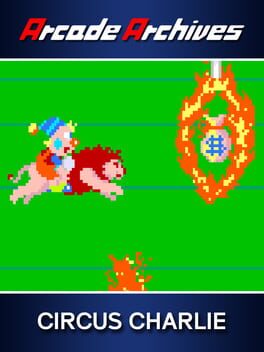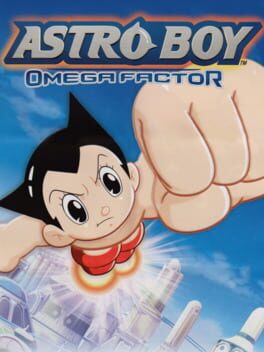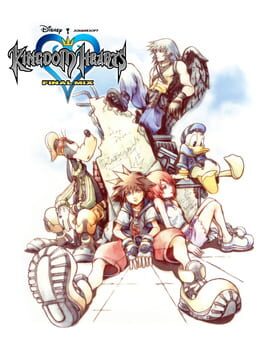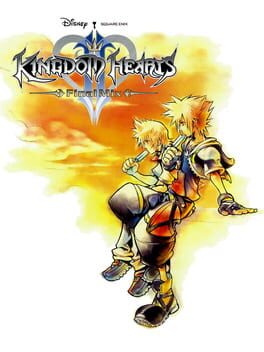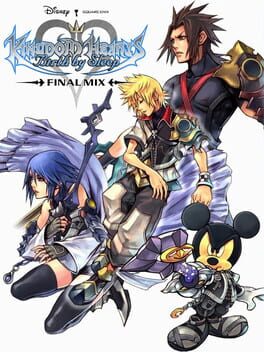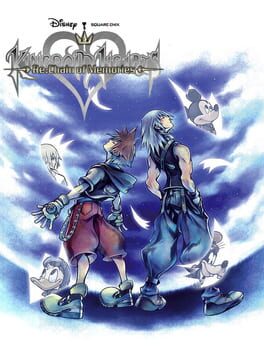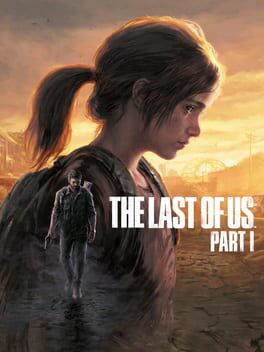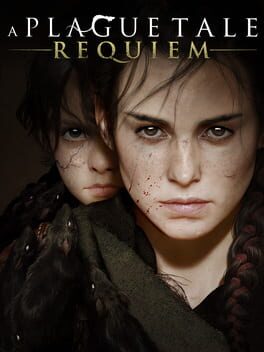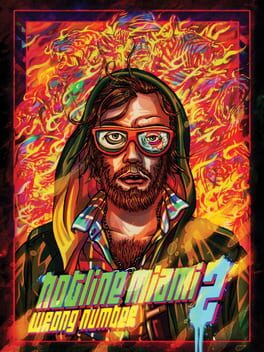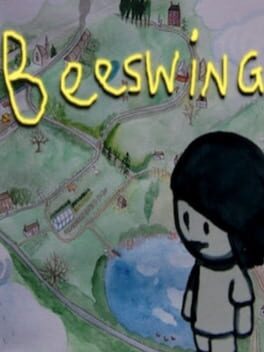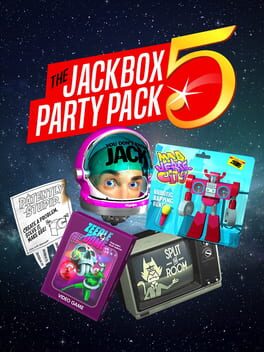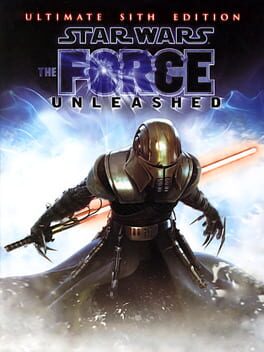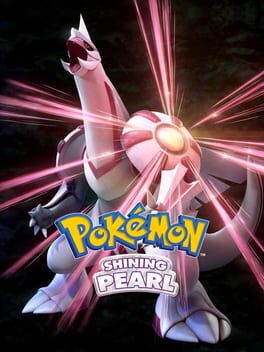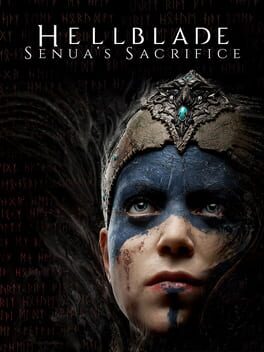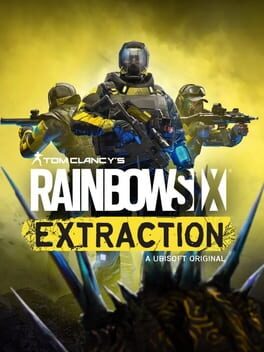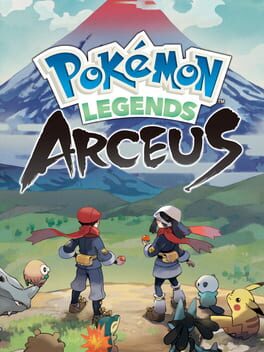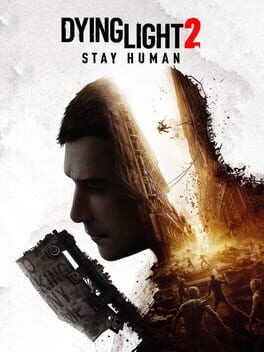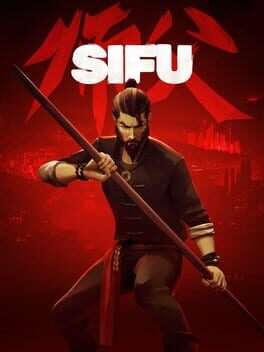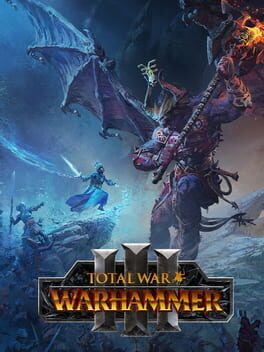LazyBob
445 reviews liked by LazyBob
Demon's Souls
2009
Got so pissed after watching a video on changes the Remake made so I went back and finished this one.
An amazing game that got so many things right for being the first in the series. Not only that, but it's still the most eccentric and experimental and unconventional one of them all, and oh how I wish more of that attitude carried over into later titles. I respect Dark Souls 1 for how it expanded and polished what was presented here but there's still some ethereal quality that I feel was lost in the process.
I now need to replay all souls games and reevaluate where they all stand for me.
An amazing game that got so many things right for being the first in the series. Not only that, but it's still the most eccentric and experimental and unconventional one of them all, and oh how I wish more of that attitude carried over into later titles. I respect Dark Souls 1 for how it expanded and polished what was presented here but there's still some ethereal quality that I feel was lost in the process.
I now need to replay all souls games and reevaluate where they all stand for me.
Sonic Forces
2017
Not quite as devoid of content or glitchy as I expected, but this is one of the most extreme cases of the "Hold a directional button and sometimes jump" Sonic stereotype. The most challenging part was trying to make a character that isn't the ugliest-looking thing in the series (I didn't succeed at this).
Sonic Superstars
2023
I'm sure I'm hurting a few people's hearts when I say this is my first experience with a Sonic game. I had fun overall (This game is hard to play when high, JS). I played the entire thing co-op with my boyfriend and I felt like it's just a game genre that doesnt work well with co-op, due to camera restrictions. While a fun idea in theory, I just don't think it worked well for this style of game. MOST of the level designs/environments were fun but none of the bosses stood out to me and were more annoying than anything. The final boss fight was horrendous during the first phase, doable on the second phase but not fun. While I did have fun in the moment playing it, the overall experience felt mediocre.
Doom II
2019
A pretty solid doom game, I had only played a few levels on pc when I was in high school but never got to finish the entire game but I'm so glad I did it now after being able to play the other games in the series and being able to compare it. I thought the map design was strong, a little too industrial environmentally, I really prefer hell settings as opposed to city settings (just a personal preference) and I just felt like there wasn't a ton of that in here. There were a lot of "What the hell do I do?" moments in the first game and I felt like the linear design of this game really helped with that, environmentally hinting at the next steps instead of a 'figure it out' mentality. This game really loved to flock with enemies, especially map "Tricks and Traps" (Map 8) was one of the standout moments of this game, utterly terrifying and making me sweat bullets. One of the maps that I wasn't a fan of was Map 24, nothing combat-wise, just environmentally very frustrating, walking along teeny-tiny walls, trying not to fall into poison pits when you cant even look down to see where you are, I just got super annoyed after awhile and it was one of the maps I had to replay a few times because if you fall there is absolutely no way to get out in certain areas BUT this gave added quick saving (which I didn't notice until embarrassingly late) which helped a whole lot. Overall I think Doom 64 is stronger than this one but I had a great time playing it.
Panzer Dragoon
1995
The first few minutes of Panzer Dragoon when your blue dragon majestically soars above the rippling water to the tune of Flight define a classic video game introduction that I doubt I will ever forget. A part of me expected the experience to be steadily downhill from there given the common complaints that I’ve heard, but to the game’s credit, it quickly established its defining hook and never let go. Panzer Dragoon was one of the first games to take total advantage of its 3D space, and it does so through its ability to rotate the player’s aim in 360 degrees. The catch is that while you can’t aim sideways/behind the dragon when looking forward, there’s a trade-off in that you can’t steer the dragon and change its mid-air position while in first-person aiming around the sides of/behind its body. As a result, there’s a precise science to swapping between these two camera modes. The macro never gets complex (shoot everything in sight while dodging and shooting down enemy attacks), but the micro is just involved enough to where there’s little downtime as you constantly peruse your surroundings and systematically pick off your foes. This is a game that wants the player to be aware of everything around them, and Team Andromeda was more than happy to let them soak in the sights given that the minimalist UI (simply consisting of a radar for spotting enemies and a player health bar) never really gets in the way. Even today, I find Panzer Dragoon to be an absolutely gorgeous game, and I can only imagine how people in 1995 felt playing this for the first time.
I’ve been warned that Panzer Dragoon’s difficulty can be a significant roadblock, but after a few playthroughs, I think it’s definitely conquerable. Besides mastering control of the player reticle/camera, players need to recognize when to utilize the homing laser lock-on (holding down the fire button) versus mashing to quickly fire the player’s handgun. The homing laser is great for getting rid of enemy swarms and easily targeting moving foes, while the handgun is a godsend for melting beefy mobs and bosses while sniping faraway targets that can’t be locked onto. In particular, Episode 3’s jumping ship boss is a notable chump check if you refuse to lock-on, while Episode 5’s airships will overwhelm you if you don’t mash. Additionally, I’ve also heard that Panzer Dragoon can feel very unforgiving since the player is allowed only one game-over before they have to restart a run, and the game only regenerates half of the player's health upon completing a level. However, given that the player can earn an extra credit per stage if they manage to shoot down more than 85% of the enemies in a single episode, I'd say there’s enough leeway given if the player takes the time to master its controls and meticulously defeat enough enemies instead of simply playing entirely defensive.
The only real gripe that I’d have is that enemy attacks sometimes blend into the background (ex: black cannonballs on top of dark environments) and can be tough to spot, especially when obscured by smoke effects from already defeated airships. I can still dodge most of these attacks with enough experience, having learning the enemy spawn positions, though it takes time to master given that players need to adapt to the game’s weightiness and natural response time. After all, you’re controlling a rider controlling a dragon rather than controlling the dragon itself, so it takes a bit more time to shift the model away from incoming barrages. As is, I’d still prefer if all enemy attacks were distinctly colored to stand out from both my own projectiles and the surroundings. Regardless, Panzer Dragoon was a breath of fresh air and I don’t mind its relative simplicity or brevity when it manages to succinctly capture an enthralling rail-shooting experience that I’ll gladly replay just to see myself visibly improve with every new run. All I can say is that this was certainly no flight of fancy; if the base model was this good, then I can’t wait to see what Team Andromeda/Smilebit have to offer with Zwei and Orta.
I’ve been warned that Panzer Dragoon’s difficulty can be a significant roadblock, but after a few playthroughs, I think it’s definitely conquerable. Besides mastering control of the player reticle/camera, players need to recognize when to utilize the homing laser lock-on (holding down the fire button) versus mashing to quickly fire the player’s handgun. The homing laser is great for getting rid of enemy swarms and easily targeting moving foes, while the handgun is a godsend for melting beefy mobs and bosses while sniping faraway targets that can’t be locked onto. In particular, Episode 3’s jumping ship boss is a notable chump check if you refuse to lock-on, while Episode 5’s airships will overwhelm you if you don’t mash. Additionally, I’ve also heard that Panzer Dragoon can feel very unforgiving since the player is allowed only one game-over before they have to restart a run, and the game only regenerates half of the player's health upon completing a level. However, given that the player can earn an extra credit per stage if they manage to shoot down more than 85% of the enemies in a single episode, I'd say there’s enough leeway given if the player takes the time to master its controls and meticulously defeat enough enemies instead of simply playing entirely defensive.
The only real gripe that I’d have is that enemy attacks sometimes blend into the background (ex: black cannonballs on top of dark environments) and can be tough to spot, especially when obscured by smoke effects from already defeated airships. I can still dodge most of these attacks with enough experience, having learning the enemy spawn positions, though it takes time to master given that players need to adapt to the game’s weightiness and natural response time. After all, you’re controlling a rider controlling a dragon rather than controlling the dragon itself, so it takes a bit more time to shift the model away from incoming barrages. As is, I’d still prefer if all enemy attacks were distinctly colored to stand out from both my own projectiles and the surroundings. Regardless, Panzer Dragoon was a breath of fresh air and I don’t mind its relative simplicity or brevity when it manages to succinctly capture an enthralling rail-shooting experience that I’ll gladly replay just to see myself visibly improve with every new run. All I can say is that this was certainly no flight of fancy; if the base model was this good, then I can’t wait to see what Team Andromeda/Smilebit have to offer with Zwei and Orta.
An amazing port and one of the greatest soundtracks in the history of gaming. An interesting FPS that I think every PC enthusiast should play though once that is loaded with almost every negative trope of 90s gaming but back before it was a trope so a lot of it was kind of novel.
At times, I almost would compare it more to an FPS version of a dungeon crawler/Wizardry/Ultima Underworld type rather than a DOOM-like.
At times, I almost would compare it more to an FPS version of a dungeon crawler/Wizardry/Ultima Underworld type rather than a DOOM-like.
This game took me A LONG TIME to get into. Having never played a game of this style, the game really didn't have a lot of instruction and most of it I figured out through trial and error (lots of error). I just felt like for a long time that I was just REALLY bad at this game and it was really discouraging to say the least. It felt clunky and I just couldn't get used to the controls for the life of me, but once I got them down and unlocked more useful shards and weapons, the whole game was easier to navigate. This game really isn't forgiving and save rooms are few and far between so when you fuck up, it feels worse than usual. Once I was about 50% done with the game I started to get hooked and had my own shard formula that worked very well for my playstyle. The bosses for the most part were very challenging and I had a lot of fun with them but I must admit, they were glitchy. The two bosses that my game glitched out for were the twin dragons and the doppelganger. For the twin dragons fight, I randomly fell through the walkway and fell 2 levels down and saw the dragons from behind (they don't have full tails by the way; fun fact) and the doppelganger got stuck in the wall at some point and wouldn't come out. It just felt like for the boss fights, there should be little room for glitches to happen and they still do. Overall this game doesn't have a lot of replay value (at least to me) but I do feel like I got a full experience and am able to form a solid opinion on it.
I have an incredible amount of bias towards Monster Hunter 3 Ultimate since it was my first Monster Hunter game. In fact, I had been so interested in the game from the start that when I saw it on sale, I picked it up months before I even had a Wii U. An action game entirely dedicated to lengthy boss battles just stood out from what I was expecting when looking into the early titles on the system. In a strange way, the Wii U's limited library worked in favor of this game with how easy it was to spend hundreds of hours replaying all the different hunts. Despite the long quests and numerous times that missions had to be replayed to get the right loot, it rarely ever feels like a grind. It's just a fun challenge that always feels so unbelievably satisfying when you finally take down that monster.
Although I appreciate how the later installments prioritize fast movement and drop the underwater fights, I'm also glad MH3U plays how it does for a uniquely "weighty" combat experience. I'll definitely be back for more once fan servers resurrect the online play.
Although I appreciate how the later installments prioritize fast movement and drop the underwater fights, I'm also glad MH3U plays how it does for a uniquely "weighty" combat experience. I'll definitely be back for more once fan servers resurrect the online play.
Kid Icarus: Uprising
2012
I will be upfront here and admit that my initial impression of Magic Pengel was underwhelming. The first couple of hours felt extremely plodding, thanks to the opening glut of story cutscenes with awkward voice acting, the lack of part variety to attach to your Doodles (your drawable monsters for battle), and the initial grind for more colors necessary to both draw and further develop your Doodles. This initial grind can be a nightmare because a lot of the fightable villagers will easily outclass you in terms of sheer stats and stall you out by using Charge every other turn to heal off more damage than you can inflict, so you’ll end up wasting your arena time if you happen to challenge a super tough villager since there’s also no way to forfeit a match. It also doesn’t help that there’s a half minute loading screen every time you need to move to a new area in the overworld, so you’ll end up sitting through over a minute of loading screens moving between the two main arenas alone since there’s no fast travel and you’ll have to pass through the market every time. Not a great start for a seemingly great premise!
Get past this initial roadblock by winning a few arena matches and gaining enough resources to thoroughly flesh out your Doodles with better stats, however, and the game starts to find its footing. Combat is almost entirely turn-based rock-paper-scissors (magic trumps attack, attack trumps block, block trumps magic) with some degree of mind games. This fortunately does get a bit more complex later on; landing magic spells can inflict status effects such as paralysis and sleep upon foes, as well as temporarily lock or punish types of attacks depending on the spell used. This essentially adds another layer to the mind games, aside from the aforementioned Charge for healing/powering-up the next attack/resetting neutral; thus, combat isn't just mindlessly following the advantage triangle specified above. In addition, the colors and parts used (i.e. adding limbs, wings, a held weapon, etc) drastically change both your stat and skill distribution (explained in more detail here and here ), and since your drawing capabilities and max capacity are increased with each arena win, you’ll likely be redrawing your Doodles all the time anyways to keep up with the tougher fights while tinkering with new and expanded loadouts. Simultaneously, it becomes a lot easier to farm resources since your Doodles will finally have enough attack power to deal more damage than opponents can heal off with Charge, and you’ll earn significantly more of each color (a few thousand as opposed to a few hundred in the early game) upon victories. While Magic Pengel’s combat never reaches the depth of similar monster battling systems such as Pokemon, I nevertheless found it easy enough to get into the rhythm of the progression loop once I got past the opening grind, and it served as a solid podcast game that vaguely reminded me of my days laddering on Pokemon Showdown.
A word of warning though: as much fun as it is sketching crude creatures with your Pengel and watching your crayon abominations destroy developer-drawn Doodles with much more effort put into sketching, that is unfortunately just about all that this game has to offer. Magic Pengel’s narrative touches upon some interesting lore and story beats concerning both the world of color and the supporting cast (such as your friend Zoe’s connection with her missing foster father, a renowned Doodler that once worked for the king), but the game never goes into too much detail with its sparse storytelling, and it ends on a bit of a cliffhanger as your friends decide to set off on another adventure. While you can sell spare colors for gold gems, there’s not much to purchase from shopkeepers; you can buy a few brushes to further adjust your line thickness, but the only other items on offer are Doodles, and there’s no point in buying those when you’ll get far more utility out of drawing your own (especially because you can’t delete any part of a Doodle drawn by an NPC). Finally, the game is a bit lacking in post-game content. The only unlocked features are a new arena where you can engage in 1 v 3 or 2 v 3 fights for higher rewards, as well as a hidden boss that can be fought if you somehow grind one million gold gems. As such, I have to concede that a lot of the Magic Pengel’s surrounding elements could have used some more time in the oven.
Ultimately, I prefer the game’s spiritual successor Graffiti Kingdom for its more succinct runtime and expanded drawing utensils. Even so, I mostly enjoyed my time with Magic Pengel (the quaint charm and artstyle admittingly a big reason why), and I’d say it’s worth checking out if you want a taste of one of more creative monster collecting/creating games out there. I think Taito had something really special on their hands with this formula, and it’s a shame we’ll never see a game in this vein from them again.
Get past this initial roadblock by winning a few arena matches and gaining enough resources to thoroughly flesh out your Doodles with better stats, however, and the game starts to find its footing. Combat is almost entirely turn-based rock-paper-scissors (magic trumps attack, attack trumps block, block trumps magic) with some degree of mind games. This fortunately does get a bit more complex later on; landing magic spells can inflict status effects such as paralysis and sleep upon foes, as well as temporarily lock or punish types of attacks depending on the spell used. This essentially adds another layer to the mind games, aside from the aforementioned Charge for healing/powering-up the next attack/resetting neutral; thus, combat isn't just mindlessly following the advantage triangle specified above. In addition, the colors and parts used (i.e. adding limbs, wings, a held weapon, etc) drastically change both your stat and skill distribution (explained in more detail here and here ), and since your drawing capabilities and max capacity are increased with each arena win, you’ll likely be redrawing your Doodles all the time anyways to keep up with the tougher fights while tinkering with new and expanded loadouts. Simultaneously, it becomes a lot easier to farm resources since your Doodles will finally have enough attack power to deal more damage than opponents can heal off with Charge, and you’ll earn significantly more of each color (a few thousand as opposed to a few hundred in the early game) upon victories. While Magic Pengel’s combat never reaches the depth of similar monster battling systems such as Pokemon, I nevertheless found it easy enough to get into the rhythm of the progression loop once I got past the opening grind, and it served as a solid podcast game that vaguely reminded me of my days laddering on Pokemon Showdown.
A word of warning though: as much fun as it is sketching crude creatures with your Pengel and watching your crayon abominations destroy developer-drawn Doodles with much more effort put into sketching, that is unfortunately just about all that this game has to offer. Magic Pengel’s narrative touches upon some interesting lore and story beats concerning both the world of color and the supporting cast (such as your friend Zoe’s connection with her missing foster father, a renowned Doodler that once worked for the king), but the game never goes into too much detail with its sparse storytelling, and it ends on a bit of a cliffhanger as your friends decide to set off on another adventure. While you can sell spare colors for gold gems, there’s not much to purchase from shopkeepers; you can buy a few brushes to further adjust your line thickness, but the only other items on offer are Doodles, and there’s no point in buying those when you’ll get far more utility out of drawing your own (especially because you can’t delete any part of a Doodle drawn by an NPC). Finally, the game is a bit lacking in post-game content. The only unlocked features are a new arena where you can engage in 1 v 3 or 2 v 3 fights for higher rewards, as well as a hidden boss that can be fought if you somehow grind one million gold gems. As such, I have to concede that a lot of the Magic Pengel’s surrounding elements could have used some more time in the oven.
Ultimately, I prefer the game’s spiritual successor Graffiti Kingdom for its more succinct runtime and expanded drawing utensils. Even so, I mostly enjoyed my time with Magic Pengel (the quaint charm and artstyle admittingly a big reason why), and I’d say it’s worth checking out if you want a taste of one of more creative monster collecting/creating games out there. I think Taito had something really special on their hands with this formula, and it’s a shame we’ll never see a game in this vein from them again.
12 lists liked by LazyBob
by Drax |
25 Games
by Drax |
21 Games
by Popegator |
55 Games
by Skikkiks |
9 Games
by BrightGalaxy |
97 Games
by BrightGalaxy |
47 Games
by SkeletonGrimm67 |
5 Games
by neptea |
18 Games
by Aleyceps |
31 Games
by Wistful |
68 Games

